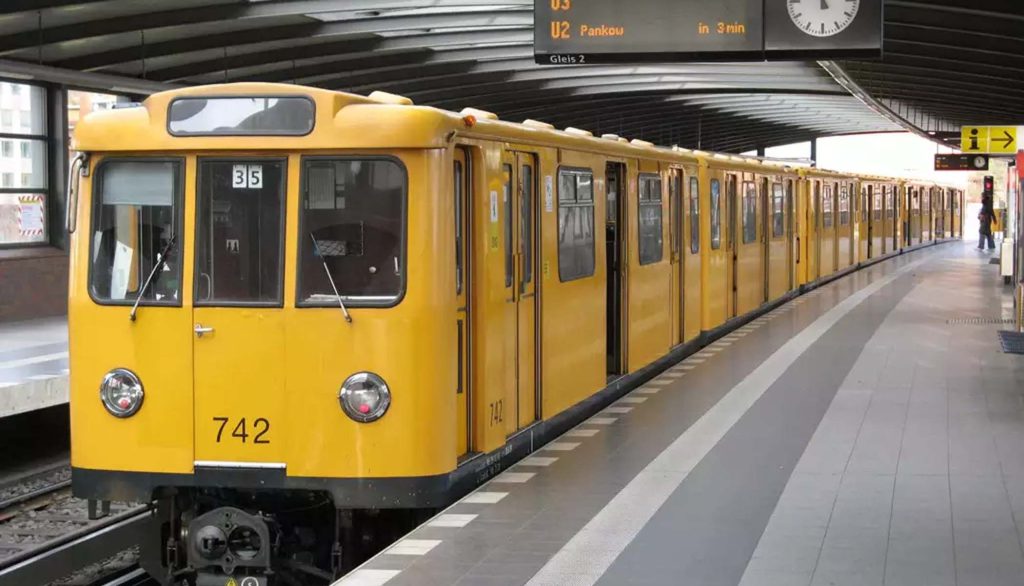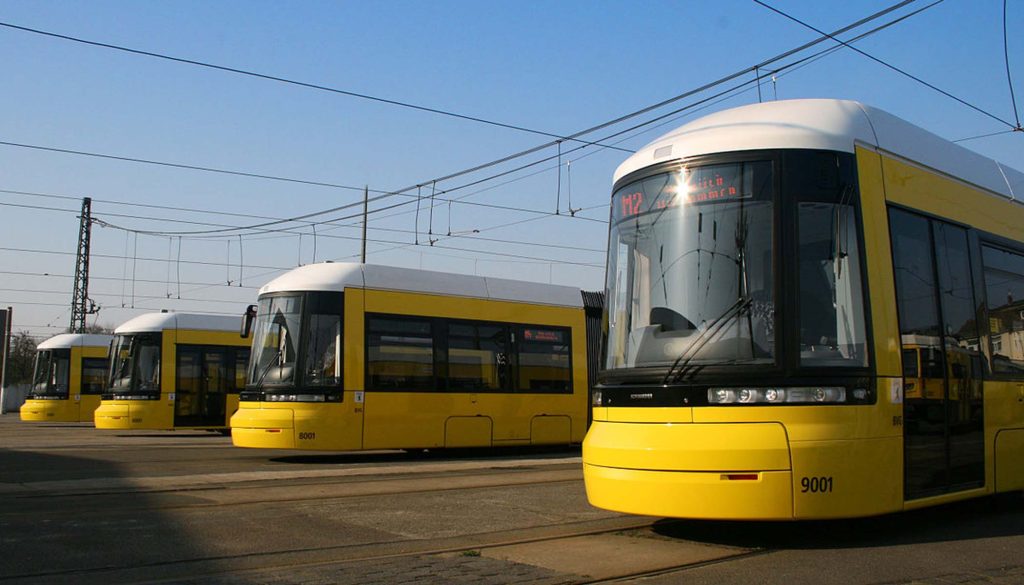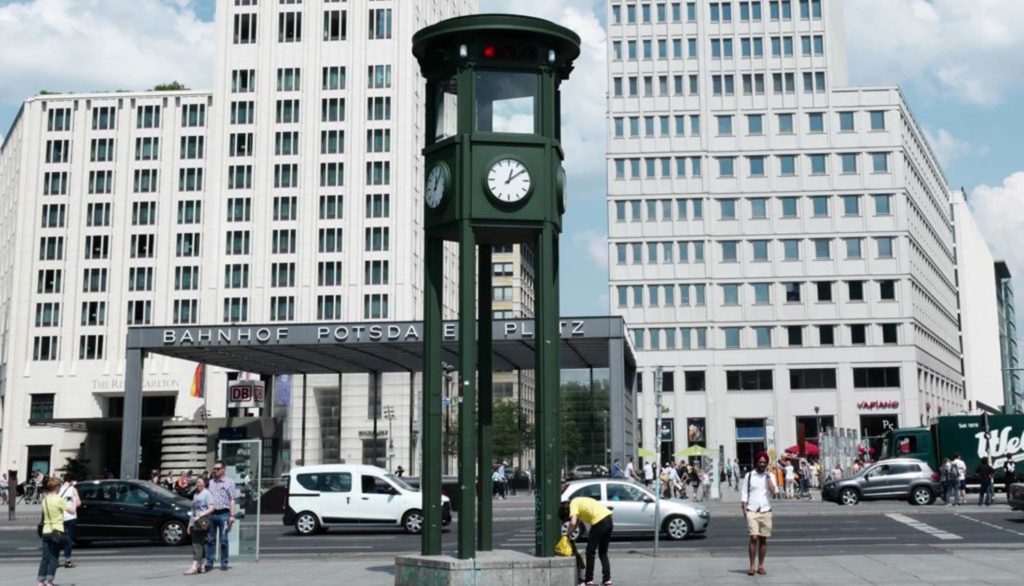
Public Transportation in Berlin: A Beginner’s Guide to Navigating the City
Travel TipBerlin, the capital of Germany, is a vibrant metropolis known for its rich history, diverse culture, and dynamic arts scene. With its sprawling urban landscape, getting around the city can seem daunting, especially for newcomers. However, Berlin boasts one of the most efficient and user-friendly public transportation systems in the world, comprising the U-Bahn (subway), S-Bahn (suburban trains), trams, and buses. This comprehensive guide will equip you with everything you need to navigate Berlin’s public transport like a local, making your visit as seamless and enjoyable as possible.
1. Understanding the Public Transportation System
Berlin’s public transportation system is managed by the BVG (Berliner Verkehrsbetriebe) and includes:
- U-Bahn: The subway system, which runs underground and above ground. It consists of 11 lines, designated with a “U” followed by a number (e.g., U1, U2).
- S-Bahn: The suburban train network, which connects Berlin to nearby towns and regions. The S-Bahn is designated with an “S” followed by a number (e.g., S3, S5).
- Trams: Predominantly found in the eastern part of the city, trams provide convenient transportation through busy neighborhoods.
- Buses: Cover areas not served by the U-Bahn or S-Bahn, with an extensive network that operates throughout the city.
Ticketing Zones
Berlin’s public transport operates on a zone-based system, divided into three zones: A, B, and C.
- Zone A: Covers the central area, including popular districts such as Mitte, Kreuzberg, and Charlottenburg.
- Zone B: Extends to the outer neighborhoods, encompassing areas like Tempelhof and Neukölln.
- Zone C: Covers the outskirts of Berlin, including Potsdam and Schönefeld Airport.
Most visitors will mainly travel within zones A and B, while those planning day trips may need a ticket that covers zone C.
Ticket Types
There are several ticket options available, including:
- Single Ticket: Valid for one journey in the chosen zones, including transfers within two hours. Cost is around €3.00.
- Day Ticket (Tageskarte): Unlimited travel within the selected zones for one day. Prices are approximately €9.00 for zones A and B.
- 7-Day Ticket: Unlimited travel for a week, costing about €36.00 for zones A and B.
- Berlin Welcome Card: This tourist pass offers unlimited travel for 48 hours to 6 days, along with discounts at various attractions. Prices start at €23.00.
Tickets can be purchased at BVG ticket machines located in all stations, online, or through the BVG app.
2. Purchasing Tickets
Where to Buy
- Ticket Machines: Located at U-Bahn and S-Bahn stations, these machines accept cash and credit cards. They have English language options, making it easy for non-German speakers to navigate.
- BVG App: The BVG app allows users to buy tickets, view real-time transit information, and plan their routes. It’s highly recommended for ease of use.
- Kiosks and Shops: Many convenience stores and kiosks throughout the city sell public transport tickets.
Validating Tickets
Before boarding, ensure your ticket is validated. In Berlin, this means simply purchasing a ticket before you board. Unlike some cities, there are no physical validation machines; the ticket is automatically valid once purchased. However, always keep your ticket with you while traveling, as inspectors conduct random checks.
3. Navigating the U-Bahn and S-Bahn

Finding Stations
Berlin’s public transport stations are well-marked, with clear signage in both German and English. U-Bahn stations typically have a blue “U” sign, while S-Bahn stations display a green “S.”
Reading the Maps
Maps are available at each station and inside trains, but digital maps are also prevalent. Each line is color-coded, and the stations are clearly labeled. An essential tip for newcomers is to familiarize yourself with the map before your journey, especially if you plan to transfer between lines.
Operating Hours
The U-Bahn and S-Bahn operate from approximately 4:00 AM to 12:30 AM, with reduced services on weekends and holidays. Night services (Nachtbus and N-Bahn) are available after midnight, ensuring you can navigate the city even during late hours.
4. Riding the Trams and Buses

Tram Services
Trams mainly operate in the eastern part of Berlin, offering a convenient way to explore neighborhoods like Friedrichshain and Prenzlauer Berg. Tram stops are typically marked with a blue sign featuring the letter “T.”
Bus Services
Buses complement the rail services and can be found throughout the city. The bus stops are marked with a green sign displaying the bus numbers.
How to Board
For trams and buses, simply wait at the designated stop. When the vehicle arrives, let passengers disembark before boarding. Tickets for trams and buses can be purchased directly from the driver or at ticket machines located near stops.
5. Using Public Transportation for Sightseeing
Key Attractions Accessible by Public Transport
Berlin’s public transport network is perfect for visiting the city’s iconic attractions. Some of the must-see sites easily accessible include:
- Brandenburg Gate: Take the S-Bahn to Brandenburger Tor station and walk a short distance to this historic landmark.
- Berlin Wall Memorial: The U-Bahn to Bernauer Straße offers easy access to this significant historical site.
- Museum Island: Hop on the S-Bahn to Hackescher Markt, then walk across the river to visit the stunning museums on the island.
- Potsdamer Platz: A bustling square accessible via the U-Bahn or S-Bahn, filled with shops, restaurants, and entertainment.

Planning Your Journey
Using the BVG app or website, travelers can easily plan their routes, including transfer details and travel times. I found the real-time updates particularly helpful for staying on track, especially during peak hours.
6. Safety and Etiquette
General Safety
Berlin is generally safe for public transport users. However, it’s wise to stay alert, especially in crowded areas or late at night. Keep your belongings secure and be mindful of your surroundings.
Etiquette Tips
- Give Up Your Seat: Always offer your seat to those in need, such as the elderly, pregnant women, or individuals with disabilities.
- Quiet Zone: Keep conversations and phone calls to a minimum, especially on the S-Bahn and U-Bahn.
- No Eating: Eating is not prohibited, but it’s best to avoid strong-smelling food to maintain a pleasant atmosphere.
7. Accessibility
Berlin’s public transport system is increasingly becoming more accessible for those with mobility challenges. Many U-Bahn and S-Bahn stations have elevators and step-free access, though some older stations may not. Buses and trams are generally equipped to accommodate wheelchairs. The BVG app provides information about accessible routes and facilities.
8. Embracing Public Transport in Berlin
Berlin’s public transport system is efficient, affordable, and user-friendly, making it an excellent choice for getting around the city. By familiarizing yourself with the different modes of transportation, ticketing options, and etiquette, you’ll be well-prepared to navigate the city’s vast network like a pro.
Embracing the public transport system allows visitors to experience the true essence of Berlin, connecting them to its diverse neighborhoods, cultural attractions, and local life.
You may also like
Recent Posts
- How to Plan the Perfect One-Day Darwin Adventure: A Guide for First-Time Visitors
- Direct Flights from Sydney to Darwin: A Quick Journey to the Northern City
- The Ultimate Guide to Choosing the Perfect Hiking Boots: Gear Up for Your Adventure with Scheels
- Unmissable Darwin Sunsets: Beautiful Moments Along the Coastline
- Gear Up for Adventure: Essential Women’s Hiking Apparel for Every Trial, Available at Scheels
About me & the blog

I am Slavoljub Vukovic, a former professional basketball coach who now works full-time in the travel blogging industry, while also pursuing a career as a freelance photographer.
On the blog, I share detailed hiking travel guides and hiking routes in various countries, including important tips and essential items lists.


Leave a Reply